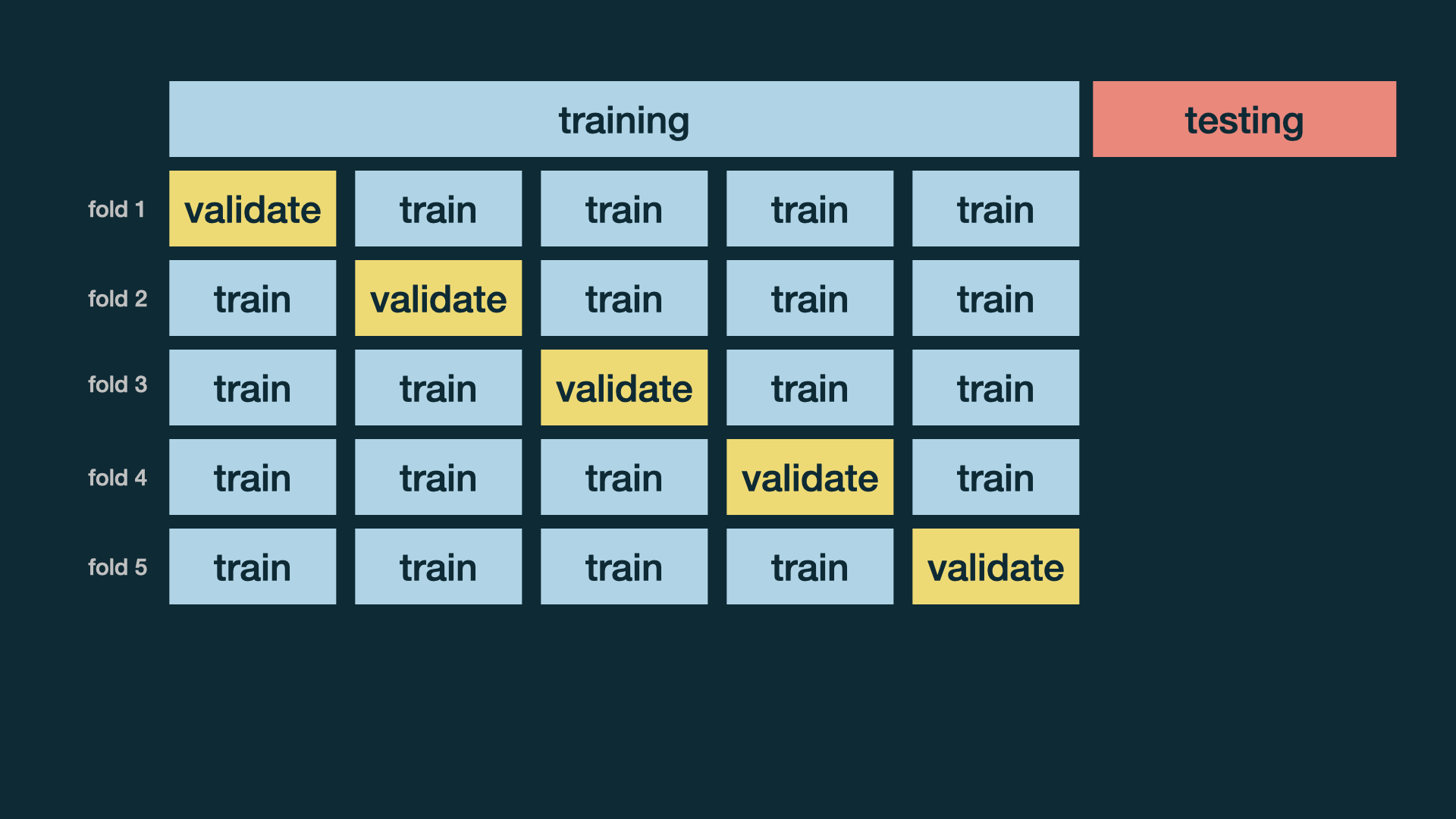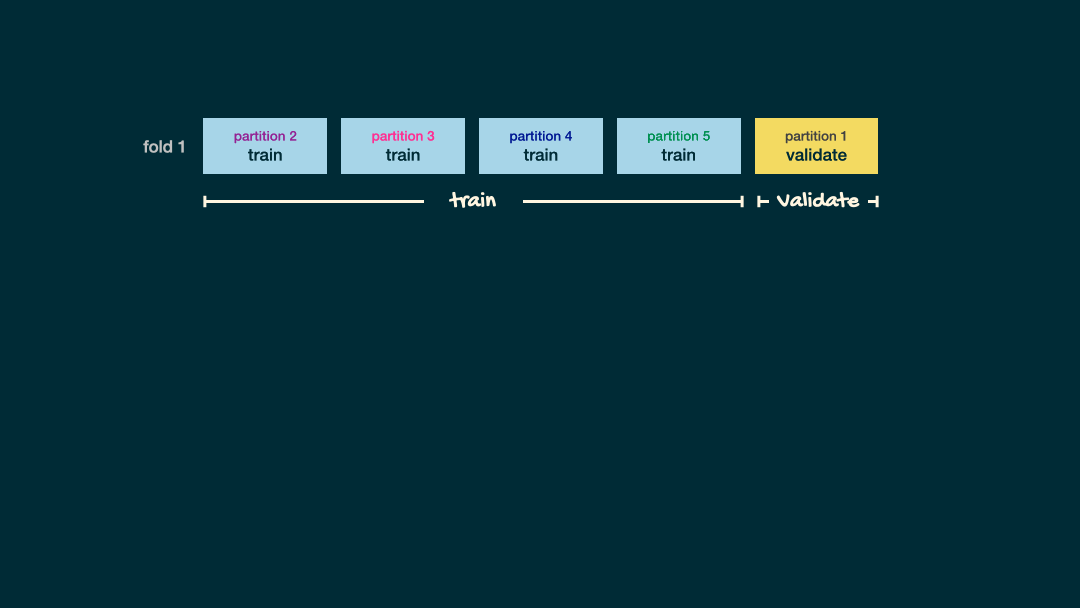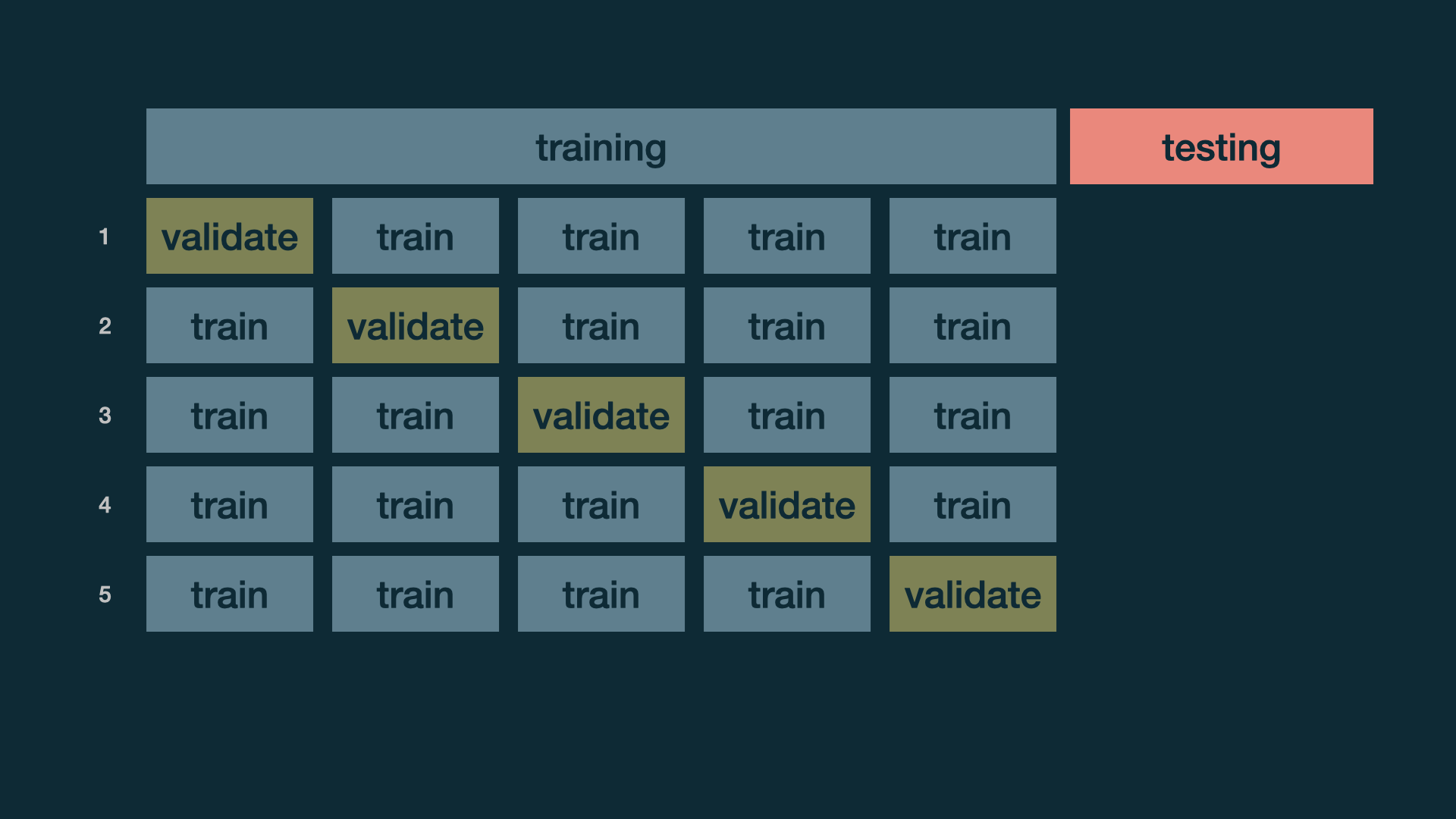Data
office_ratings <- read_csv("data/office_ratings.csv")office_ratings## # A tibble: 188 × 6## season episode title imdb_rating total_votes air_date ## <dbl> <dbl> <chr> <dbl> <dbl> <date> ## 1 1 1 Pilot 7.6 3706 2005-03-24## 2 1 2 Diversity Day 8.3 3566 2005-03-29## 3 1 3 Health Care 7.9 2983 2005-04-05## 4 1 4 The Alliance 8.1 2886 2005-04-12## 5 1 5 Basketball 8.4 3179 2005-04-19## 6 1 6 Hot Girl 7.8 2852 2005-04-26## # … with 182 more rowsSource: The data come from data.world, by way of TidyTuesday.
IMDB ratings
ggplot(office_ratings, aes(x = imdb_rating)) + geom_histogram(binwidth = 0.25) + labs( title = "The Office ratings", x = "IMDB Rating" )
IMDB ratings vs. number of votes
ggplot(office_ratings, aes(x = total_votes, y = imdb_rating, color = season)) + geom_jitter(alpha = 0.7) + labs( title = "The Office ratings", x = "Total votes", y = "IMDB Rating", color = "Season" )
Outliers
ggplot(office_ratings, aes(x = total_votes, y = imdb_rating)) + geom_jitter() + gghighlight(total_votes > 4000, label_key = title) + labs( title = "The Office ratings", x = "Total votes", y = "IMDB Rating" )
If you like the Dinner Party episode, I highly recommend this "oral history" of the episode published on Rolling Stone magazine.
IMDB ratings vs. seasons
ggplot(office_ratings, aes(x = factor(season), y = imdb_rating, color = season)) + geom_boxplot() + geom_jitter() + guides(color = "none") + labs( title = "The Office ratings", x = "Season", y = "IMDB Rating" )
Train / test
- Create an initial split
set.seed(1122)office_split <- initial_split(office_ratings) # prop = 3/4 by defaultTrain / test
- Create an initial split
set.seed(1122)office_split <- initial_split(office_ratings) # prop = 3/4 by default- Save training data
office_train <- training(office_split)dim(office_train)## [1] 141 6Train / test
- Create an initial split
set.seed(1122)office_split <- initial_split(office_ratings) # prop = 3/4 by default- Save training data
office_train <- training(office_split)dim(office_train)## [1] 141 6- Save testing data
office_test <- testing(office_split)dim(office_test)## [1] 47 6Specify model
office_mod <- linear_reg() %>% set_engine("lm")office_mod## Linear Regression Model Specification (regression)## ## Computational engine: lmBuild recipe
office_rec <- recipe(imdb_rating ~ ., data = office_train) %>% # title isn't a predictor, but keep around to ID update_role(title, new_role = "ID") %>% # extract month of air_date step_date(air_date, features = "month") %>% step_rm(air_date) %>% # make dummy variables of month step_dummy(contains("month")) %>% # remove zero variance predictors step_zv(all_predictors())office_rec## Recipe## ## Inputs:## ## role #variables## ID 1## outcome 1## predictor 4## ## Operations:## ## Date features from air_date## Variables removed air_date## Dummy variables from contains("month")## Zero variance filter on all_predictors()Build workflow
office_wflow <- workflow() %>% add_model(office_mod) %>% add_recipe(office_rec)office_wflow## ══ Workflow ═════════════════════════════════════════════════════## Preprocessor: Recipe## Model: linear_reg()## ## ── Preprocessor ─────────────────────────────────────────────────## 4 Recipe Steps## ## • step_date()## • step_rm()## • step_dummy()## • step_zv()## ## ── Model ────────────────────────────────────────────────────────## Linear Regression Model Specification (regression)## ## Computational engine: lmFit model
office_fit <- office_wflow %>% fit(data = office_train)tidy(office_fit) %>% print(n = 12)## # A tibble: 12 × 5## term estimate std.error statistic p.value## <chr> <dbl> <dbl> <dbl> <dbl>## 1 (Intercept) 7.23 0.205 35.4 3.14e-68## 2 season -0.0499 0.0157 -3.18 1.86e- 3## 3 episode 0.0353 0.0101 3.50 6.44e- 4## 4 total_votes 0.000352 0.0000448 7.85 1.39e-12## 5 air_date_month_Feb 0.0242 0.147 0.165 8.69e- 1## 6 air_date_month_Mar -0.145 0.144 -1.01 3.16e- 1## 7 air_date_month_Apr -0.106 0.140 -0.759 4.49e- 1## 8 air_date_month_May 0.0575 0.175 0.329 7.43e- 1## 9 air_date_month_Sep 0.440 0.191 2.30 2.30e- 2## 10 air_date_month_Oct 0.321 0.150 2.13 3.50e- 2## 11 air_date_month_Nov 0.237 0.138 1.72 8.81e- 2## 12 air_date_month_Dec 0.443 0.190 2.34 2.09e- 2Make predictions for training data
office_train_pred <- predict(office_fit, office_train) %>% bind_cols(office_train %>% select(imdb_rating, title))office_train_pred## # A tibble: 141 × 3## .pred imdb_rating title ## <dbl> <dbl> <chr> ## 1 7.90 8.1 Garden Party ## 2 8.43 7.9 The Chump ## 3 7.81 7.1 Here Comes Treble## 4 7.94 6.7 Get the Girl ## 5 7.92 7.9 Tallahassee ## 6 8.29 7.7 The Inner Circle ## # … with 135 more rowsR-squared
Percentage of variability in the IMDB ratings explained by the model
rsq(office_train_pred, truth = imdb_rating, estimate = .pred)## # A tibble: 1 × 3## .metric .estimator .estimate## <chr> <chr> <dbl>## 1 rsq standard 0.500R-squared
Percentage of variability in the IMDB ratings explained by the model
rsq(office_train_pred, truth = imdb_rating, estimate = .pred)## # A tibble: 1 × 3## .metric .estimator .estimate## <chr> <chr> <dbl>## 1 rsq standard 0.500Are models with high or low R2 more preferable?
RMSE
An alternative model performance statistic: root mean square error
RMSE=√∑ni=1(yi−^yi)2n
RMSE
An alternative model performance statistic: root mean square error
RMSE=√∑ni=1(yi−^yi)2n
rmse(office_train_pred, truth = imdb_rating, estimate = .pred)## # A tibble: 1 × 3## .metric .estimator .estimate## <chr> <chr> <dbl>## 1 rmse standard 0.373RMSE
An alternative model performance statistic: root mean square error
RMSE=√∑ni=1(yi−^yi)2n
rmse(office_train_pred, truth = imdb_rating, estimate = .pred)## # A tibble: 1 × 3## .metric .estimator .estimate## <chr> <chr> <dbl>## 1 rmse standard 0.373Are models with high or low RMSE are more preferable?
Interpreting RMSE
Is this RMSE considered low or high?
rmse(office_train_pred, truth = imdb_rating, estimate = .pred)## # A tibble: 1 × 3## .metric .estimator .estimate## <chr> <chr> <dbl>## 1 rmse standard 0.373Interpreting RMSE
Is this RMSE considered low or high?
rmse(office_train_pred, truth = imdb_rating, estimate = .pred)## # A tibble: 1 × 3## .metric .estimator .estimate## <chr> <chr> <dbl>## 1 rmse standard 0.373office_train %>% summarise(min = min(imdb_rating), max = max(imdb_rating))## # A tibble: 1 × 2## min max## <dbl> <dbl>## 1 6.7 9.7Make predictions for testing data
office_test_pred <- predict(office_fit, office_test) %>% bind_cols(office_test %>% select(imdb_rating, title))office_test_pred## # A tibble: 47 × 3## .pred imdb_rating title ## <dbl> <dbl> <chr> ## 1 8.52 8.4 Office Olympics## 2 8.54 8.6 The Client ## 3 8.90 8.8 Christmas Party## 4 8.71 9 The Injury ## 5 8.50 8.2 Boys and Girls ## 6 8.46 8.4 Dwight's Speech## # … with 41 more rowsEvaluate performance on testing data
- RMSE of model fit to testing data
rmse(office_test_pred, truth = imdb_rating, estimate = .pred)## # A tibble: 1 × 3## .metric .estimator .estimate## <chr> <chr> <dbl>## 1 rmse standard 0.386- R2 of model fit to testing data
rsq(office_test_pred, truth = imdb_rating, estimate = .pred)## # A tibble: 1 × 3## .metric .estimator .estimate## <chr> <chr> <dbl>## 1 rsq standard 0.556Training vs. testing
| metric | train | test | comparison |
|---|---|---|---|
| RMSE | 0.373 | 0.386 | RMSE lower for training |
| R-squared | 0.500 | 0.556 | R-squared higher for training |
Evaluating performance on training data
- The training set does not have the capacity to be a good arbiter of performance.
Evaluating performance on training data
- The training set does not have the capacity to be a good arbiter of performance.
- It is not an independent piece of information; predicting the training set can only reflect what the model already knows.
Evaluating performance on training data
- The training set does not have the capacity to be a good arbiter of performance.
- It is not an independent piece of information; predicting the training set can only reflect what the model already knows.
- Suppose you give a class a test, then give them the answers, then provide the same test. The student scores on the second test do not accurately reflect what they know about the subject; these scores would probably be higher than their results on the first test.
Source: tidymodels.org
Cross validation
More specifically, v-fold cross validation:
- Shuffle your data v partitions
- Use 1 partition for validation, and the remaining v-1 partitions for training
- Repeat v times
You might also heard of this referred to as k-fold cross validation.
Split data into folds
set.seed(345)folds <- vfold_cv(office_train, v = 5)folds## # 5-fold cross-validation ## # A tibble: 5 × 2## splits id ## <list> <chr>## 1 <split [112/29]> Fold1## 2 <split [113/28]> Fold2## 3 <split [113/28]> Fold3## 4 <split [113/28]> Fold4## 5 <split [113/28]> Fold5
Fit resamples
set.seed(456)office_fit_rs <- office_wflow %>% fit_resamples(folds)office_fit_rs## # Resampling results## # 5-fold cross-validation ## # A tibble: 5 × 4## splits id .metrics .notes ## <list> <chr> <list> <list> ## 1 <split [112/29]> Fold1 <tibble [2 × 4]> <tibble [0 × 3]>## 2 <split [113/28]> Fold2 <tibble [2 × 4]> <tibble [0 × 3]>## 3 <split [113/28]> Fold3 <tibble [2 × 4]> <tibble [0 × 3]>## 4 <split [113/28]> Fold4 <tibble [2 × 4]> <tibble [0 × 3]>## 5 <split [113/28]> Fold5 <tibble [2 × 4]> <tibble [0 × 3]>
Collect CV metrics
collect_metrics(office_fit_rs)## # A tibble: 2 × 6## .metric .estimator mean n std_err .config ## <chr> <chr> <dbl> <int> <dbl> <chr> ## 1 rmse standard 0.403 5 0.0336 Preprocessor1_Model1## 2 rsq standard 0.413 5 0.0727 Preprocessor1_Model1Deeper look into CV metrics
collect_metrics(office_fit_rs, summarize = FALSE) %>% print(n = 10)## # A tibble: 10 × 5## id .metric .estimator .estimate .config ## <chr> <chr> <chr> <dbl> <chr> ## 1 Fold1 rmse standard 0.430 Preprocessor1_Model1## 2 Fold1 rsq standard 0.134 Preprocessor1_Model1## 3 Fold2 rmse standard 0.368 Preprocessor1_Model1## 4 Fold2 rsq standard 0.496 Preprocessor1_Model1## 5 Fold3 rmse standard 0.452 Preprocessor1_Model1## 6 Fold3 rsq standard 0.501 Preprocessor1_Model1## 7 Fold4 rmse standard 0.289 Preprocessor1_Model1## 8 Fold4 rsq standard 0.529 Preprocessor1_Model1## 9 Fold5 rmse standard 0.475 Preprocessor1_Model1## 10 Fold5 rsq standard 0.403 Preprocessor1_Model1| Fold | RMSE | R-squared |
|---|---|---|
| Fold1 | 0.430 | 0.134 |
| Fold2 | 0.368 | 0.496 |
| Fold3 | 0.452 | 0.501 |
| Fold4 | 0.289 | 0.529 |
| Fold5 | 0.475 | 0.403 |
How does RMSE compare to y?
- Cross validation RMSE stats
## # A tibble: 1 × 6## min max mean med sd IQR## <dbl> <dbl> <dbl> <dbl> <dbl> <dbl>## 1 0.289 0.475 0.403 0.430 0.0751 0.0841- Training data IMDB score stats
## # A tibble: 1 × 6## min max mean med sd IQR## <dbl> <dbl> <dbl> <dbl> <dbl> <dbl>## 1 6.7 9.7 8.24 8.2 0.530 0.600